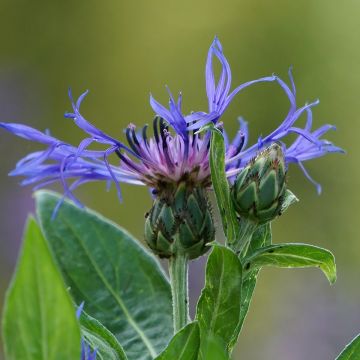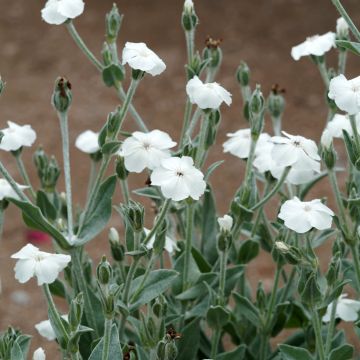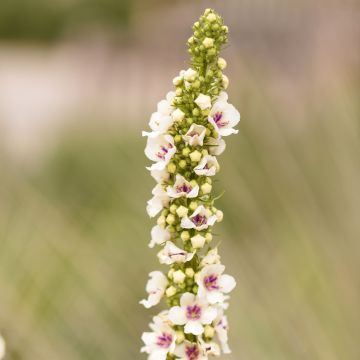Medieval garden perennials
Would this plant suit my garden? Set up your Plantfit profile →
Available in 2 sizes
Available in 3 sizes
Available in 1 sizes
Available in 0 sizes
Available in 2 sizes
Available in 0 sizes
Available in 2 sizes
Available in 2 sizes
Available in 2 sizes
Available in 3 sizes
Available in 2 sizes
Available in 3 sizes
Available in 3 sizes
Available in 1 sizes
Available in 2 sizes
Available in 2 sizes
Available in 2 sizes
Available in 2 sizes
Available in 3 sizes
Available in 2 sizes
Available in 1 sizes
Available in 1 sizes
Available in 1 sizes
Available in 2 sizes
Available in 3 sizes
Available in 1 sizes
Available in 1 sizes
Available in 1 sizes
Available in 2 sizes
Available in 2 sizes
Available in 1 sizes
Available in 2 sizes
Available in 1 sizes
Available in 2 sizes
Available in 1 sizes
Available in 1 sizes
Available in 0 sizes
Available in 1 sizes
Available in 3 sizes
Available in 2 sizes
Available in 2 sizes
Available in 2 sizes
Available in 1 sizes
Available in 2 sizes
Available in 1 sizes
Available in 3 sizes
Available in 2 sizes
Available in 2 sizes
Available in 2 sizes
A curate's garden was originally a enclosed garden near the church and the rectory. The purpose of this garden was to produce some fruits and vegetables for the people working for the Church. It was therefore mostly an orchard and a vegetable garden but... there were also flowers grown to adorn the altar as well as some medicinal plants that would also served the church.
Later on, the "curate's garden" became a style of garden that allowed for a joyful mix of fruits, vegetables, flowers and aromatic and medicinal plants. This style is completely opposed to the idea of separating the ornamental garden from the kitchen garden.
Discover our selection of easy and hardy flowering perennials to add into you garden to create your own "curate's garden" style.
Haven't found what you were looking for?
































































































































